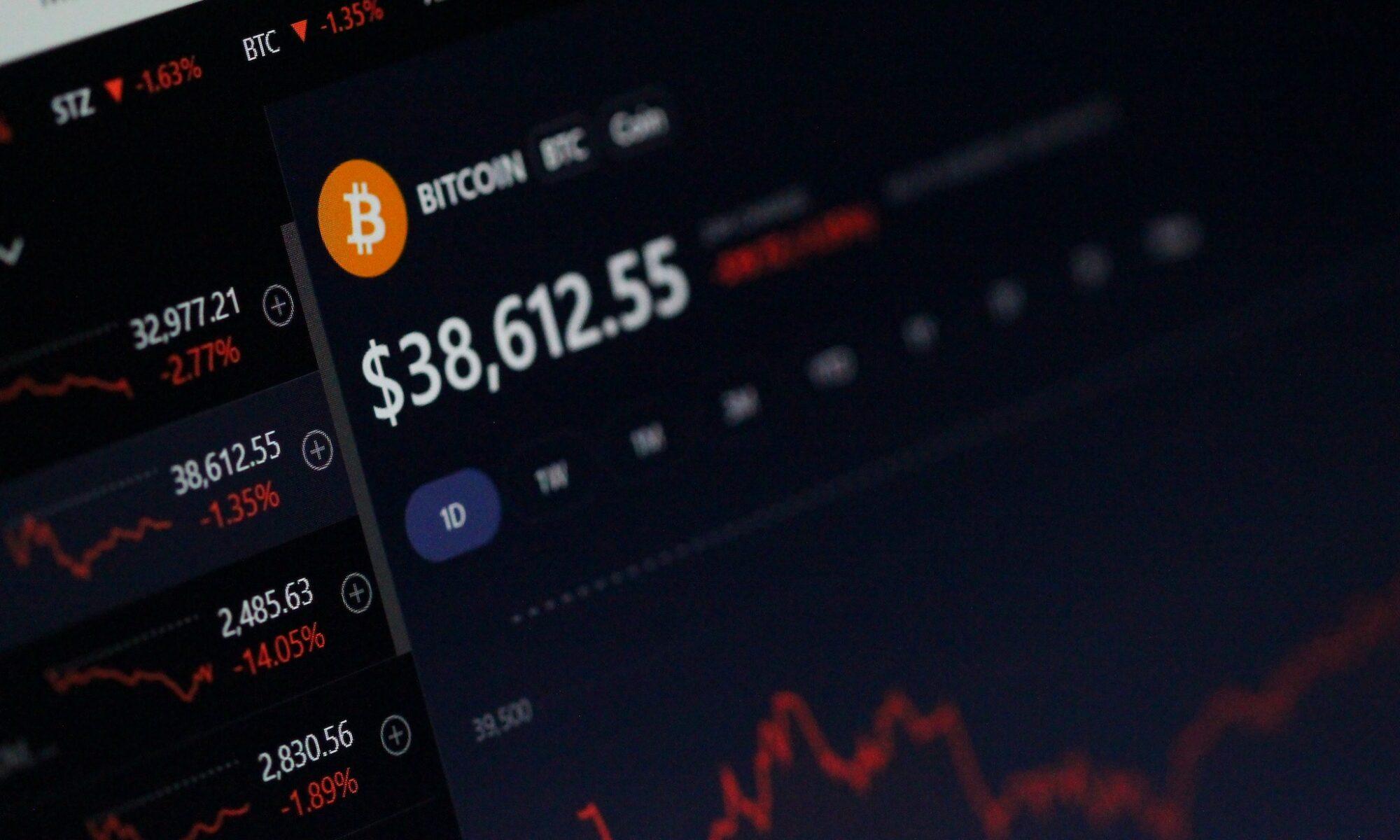The rise of cryptocurrencies in the global financial arena, abrupt yet tenacious, is an event of such magnitude it leaves many bewildered. As 2021 came to a close, an astonishing revelation: the combined worth of all cryptocurrencies had barreled past the $2 trillion threshold. Individuals from all walks of life, beguiled by the aura of virtual currencies, plunged headlong into this new investment frontier. Mastering the nuances of safeguarding these digital assets? Not just a necessity, but an art in its own right.
Let’s embark on a journey, where our guide is not a compass, but a deeper understanding of cryptocurrency wallets. Cryptocurrency wallets are vast and varied, but they all have one thing in common: they hold the keys, both public and private, to your digital treasure. They come in three flavors: hardware, software, and the quaintly retro, paper.
These tangible devices known as hardware wallets, standing as steadfast sentinels, are the first line of defense against the ne’er-do-wells of the online world. Notable brands, such as Ledger, Trezor, and KeepKey, have made a name for themselves in this arena.
But perhaps you prefer a more ephemeral touch? Software wallets, living in the digital sphere on your smartphones and computers, offer the convenience of a user-friendly interface. Be forewarned, however. Their online status is their Achilles heel, leaving them potentially vulnerable to virtual marauders. The likes of Coinbase, Exodus, and MyEtherWallet are recognized names here.
And then, the simplicity of paper wallets. A piece of parchment (or printer paper, as it were) bearing the weight of your public and private keys. With security anchored in their physicality, they remain disconnected from the online world’s risky undercurrents. However, the laborious task of utilizing them may deter those with a penchant for frequency in their cryptocurrency dealings.
But how, you may ask, does one initiate the dance with these wallets? For hardware wallets, the waltz begins with the acquisition of the device from a reputable manufacturer. A unique PIN code, cryptic and unguessable, is your partner in this dance. And the recovery seed? The rhythm that guides your steps, to be noted down and held close, should you misstep and lose your wallet or PIN.
Software wallets echo the steps of their hardware counterparts, but with a few additional moves. The choice of partner here, your software wallet, should be reputable and known for their reliability and security. Your password must be a complex melange of numerals, letters, and symbols. And for that extra protection, bring the two-factor authentication into your routine.
In the case of a paper wallet, your first step is to generate a new address using a trusted software or website. You then print your keys, both public and private, on a piece of paper. And then? You store it securely, perhaps in a safe or a safety deposit box.
As we traverse through the winding alleys of setup, we must pause and observe some cardinal rules for ensuring your virtual wealth remains yours. A golden rule is to keep your private keys and recovery seeds as secrets of the highest order. Regular backups of your wallet, much like a rehearsed safety drill, ensure you’re prepared for any hardware mishaps or device losses.
Investors juggling multiple cryptocurrencies should consider using separate wallets for each. This strategy reduces the risk of a total wipeout should one wallet come under siege. Furthermore, it is of the essence to keep your software and computing device updated with the latest protective patches to counter any malware or hacking attempts.
Alas, if the unthinkable happens and you lose your hardware, forget your PIN, or your software corrupts, do not despair. Your diligently noted recovery seed can perform a rescue operation. However, if you lose or damage your paper wallet, the prognosis is not so promising. It emphasizes the importance of secure storage.
In essence, the preservation of your cryptocurrencies is of absolute necessity. Employing different wallets for different types, safeguarding private keys and recovery seeds, and regular backups are the cornerstones of this process.
But as we wrap up this exploration, we know the human mind is an inquisitive entity. So, can you hold multiple cryptocurrencies in one wallet? Indeed, you can, though separate wallets offer a higher security tier. Is it essential to use a hardware wallet for secure storage? Not necessarily, but it’s seen as the safest. What if you lose your hardware wallet? Fear not, the recovery seed you saved is your lifeline. Are paper wallets viable for long-term storage? Absolutely, though they may be a bit cumbersome for frequent traders.
Lastly, should one employ a password manager for storing wallet passwords? The verdict is a resounding no. Passwords should be remembered or recorded and kept securely. With these thoughts, let us tread the path of this digital era, wishing for the safety of your virtual assets and a bounty of profits.

